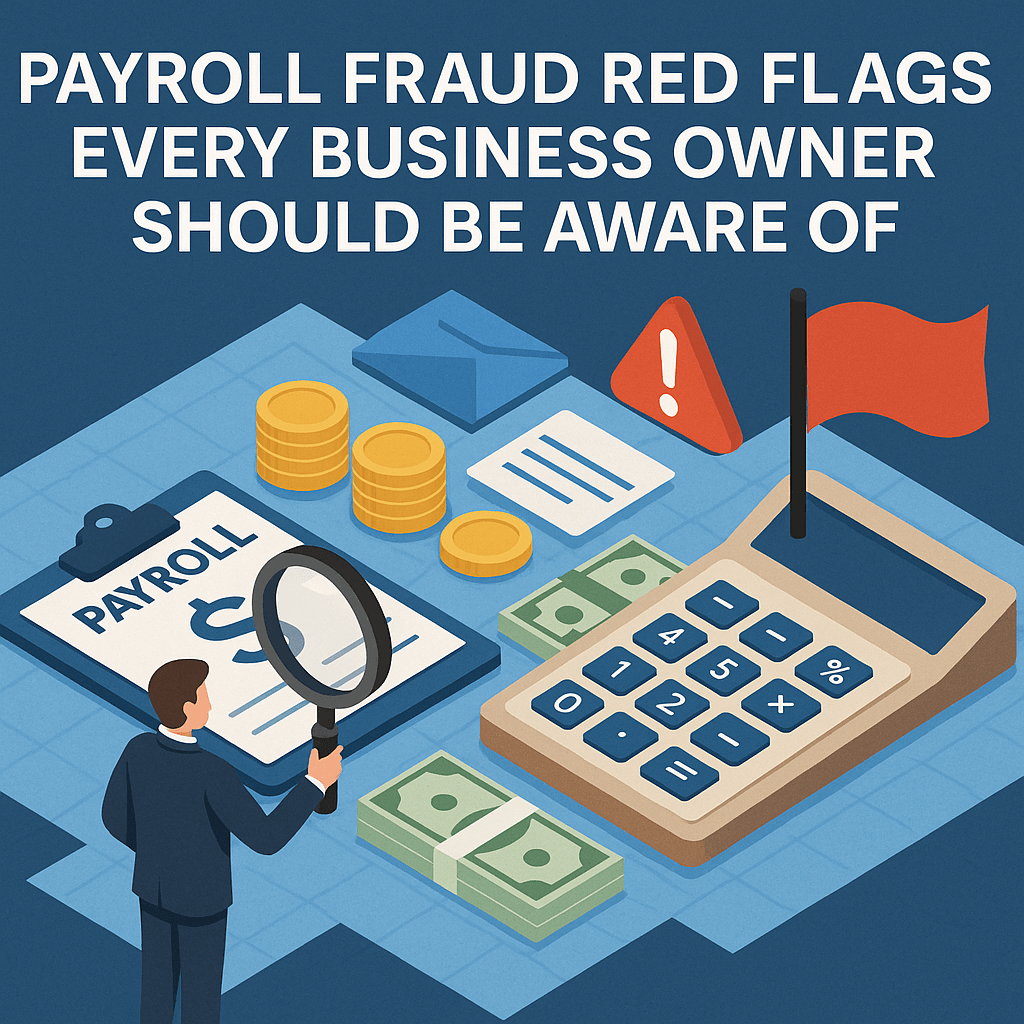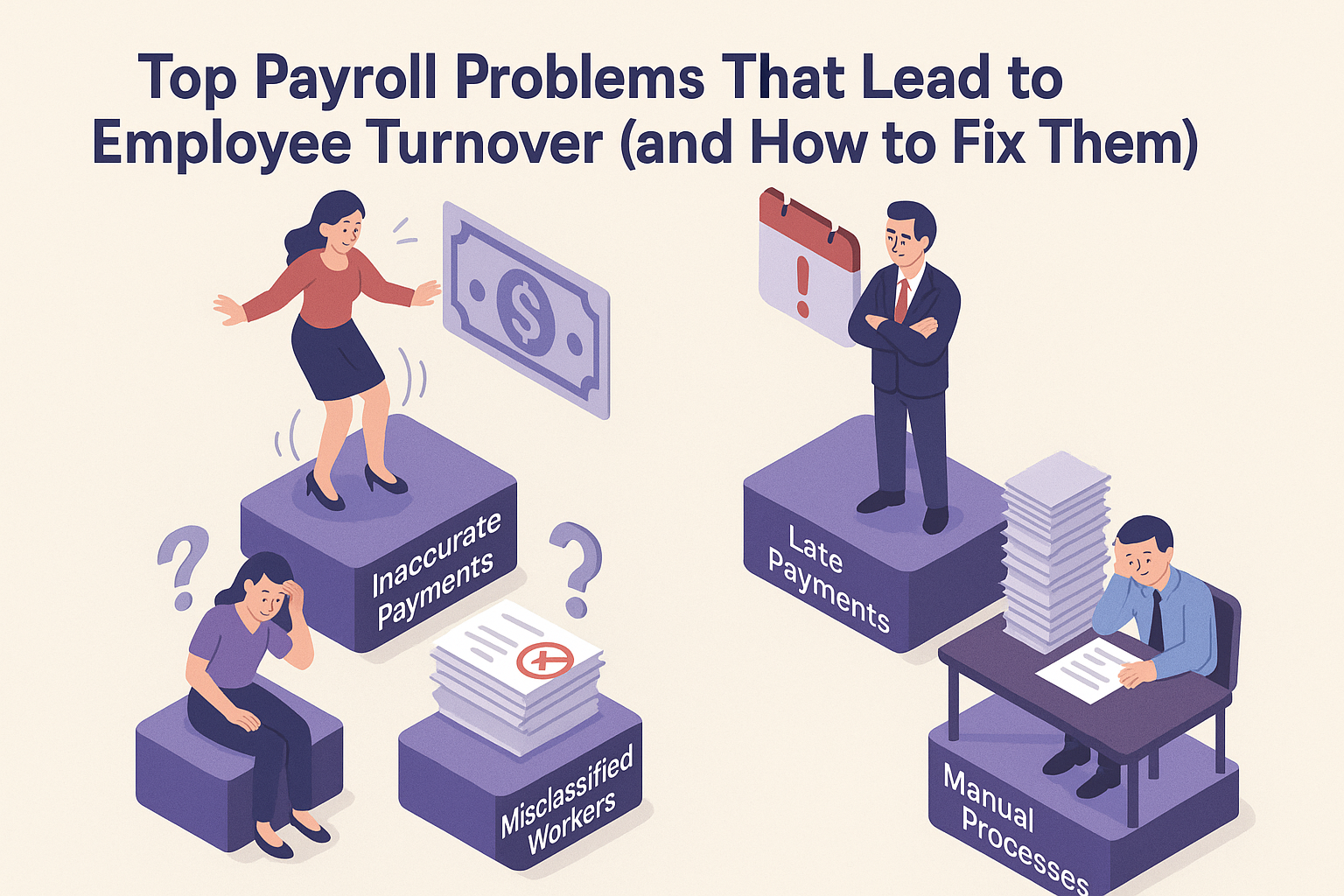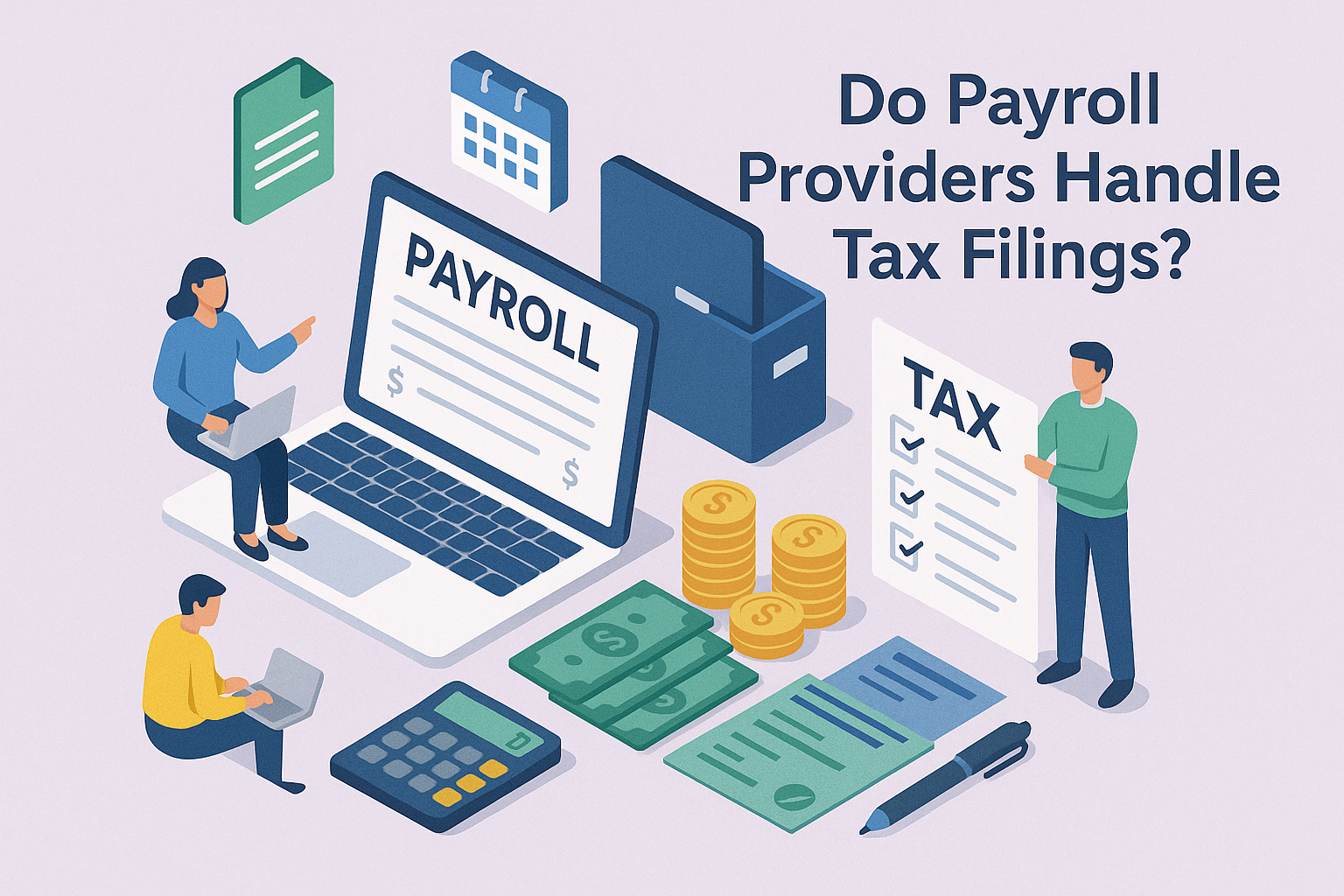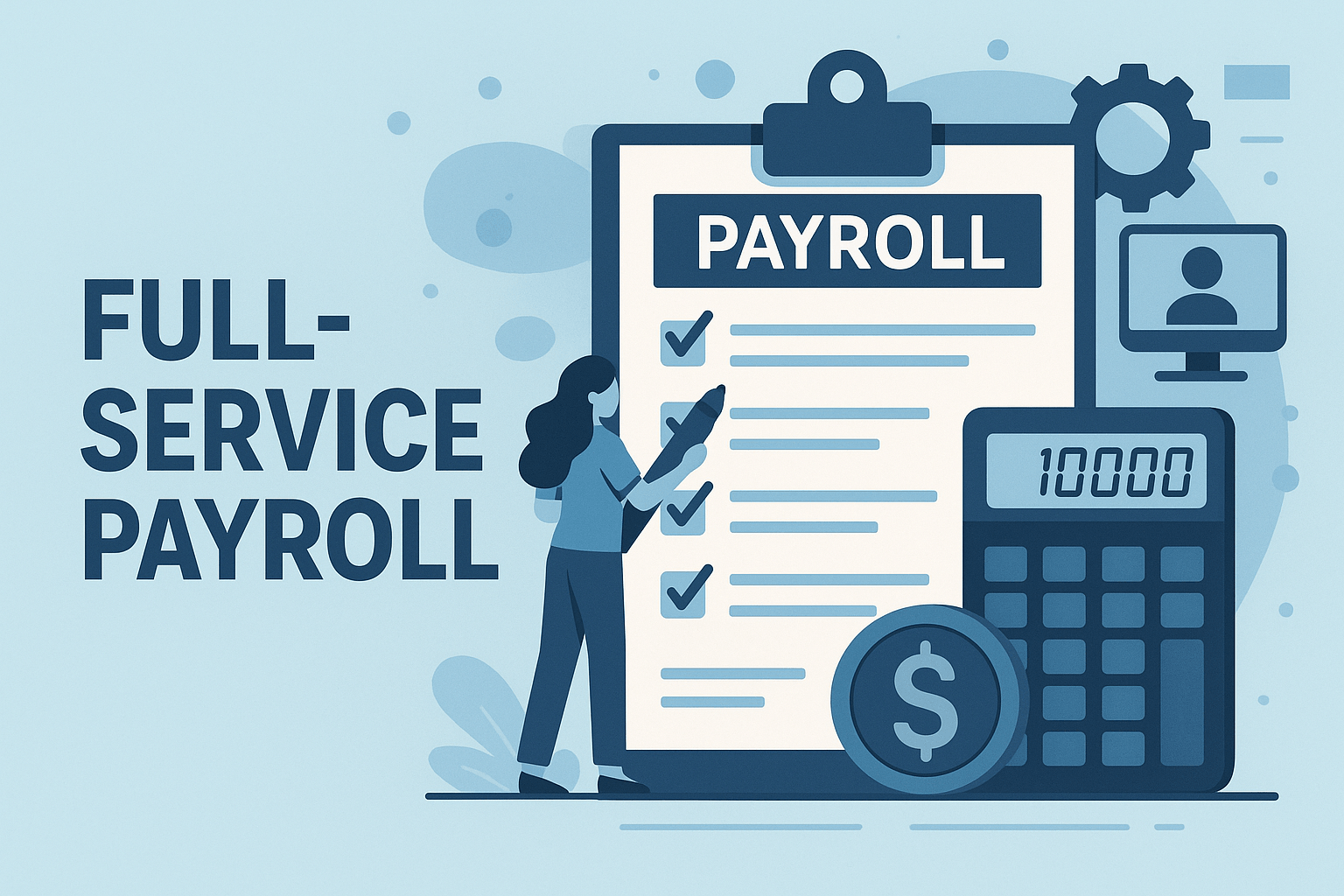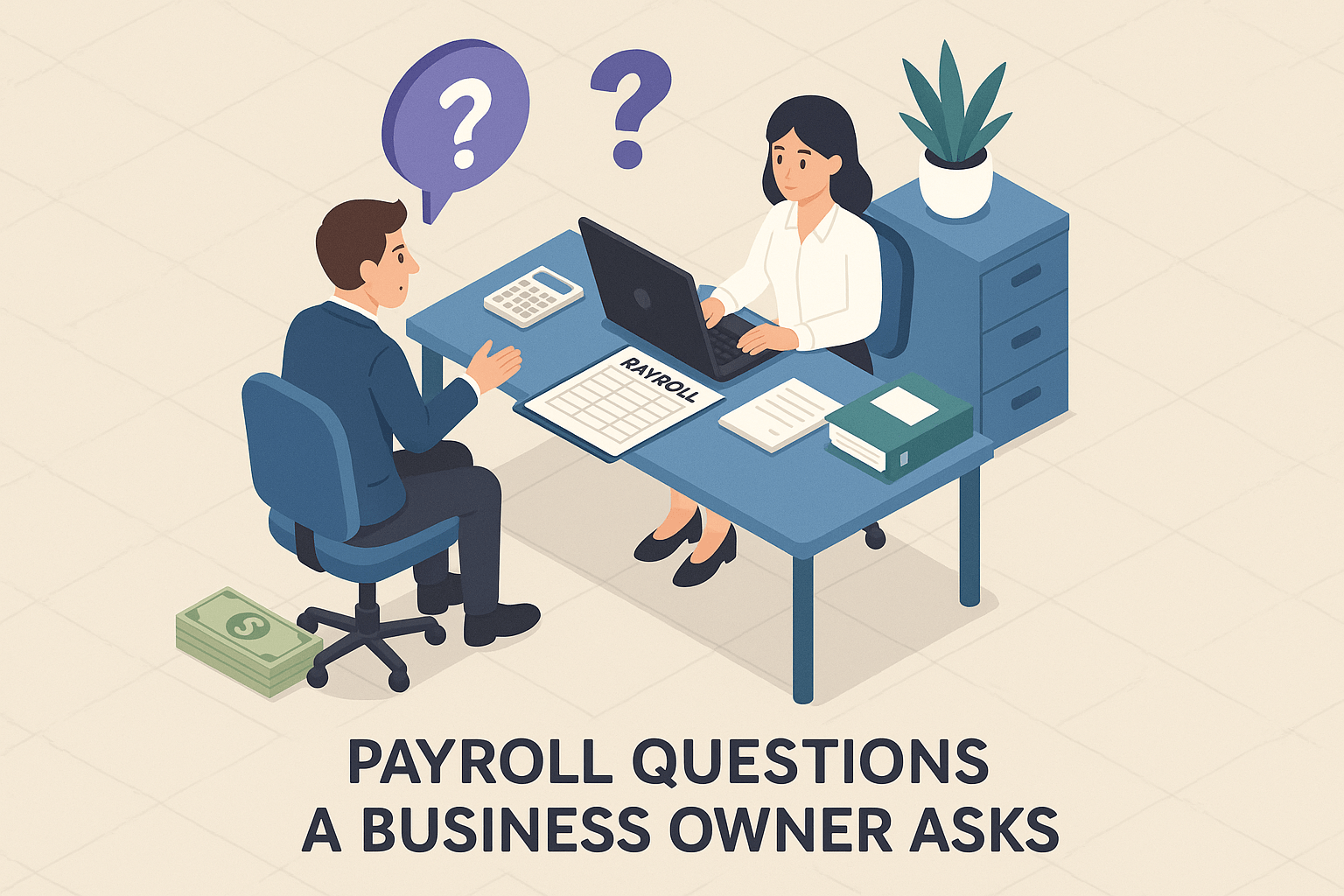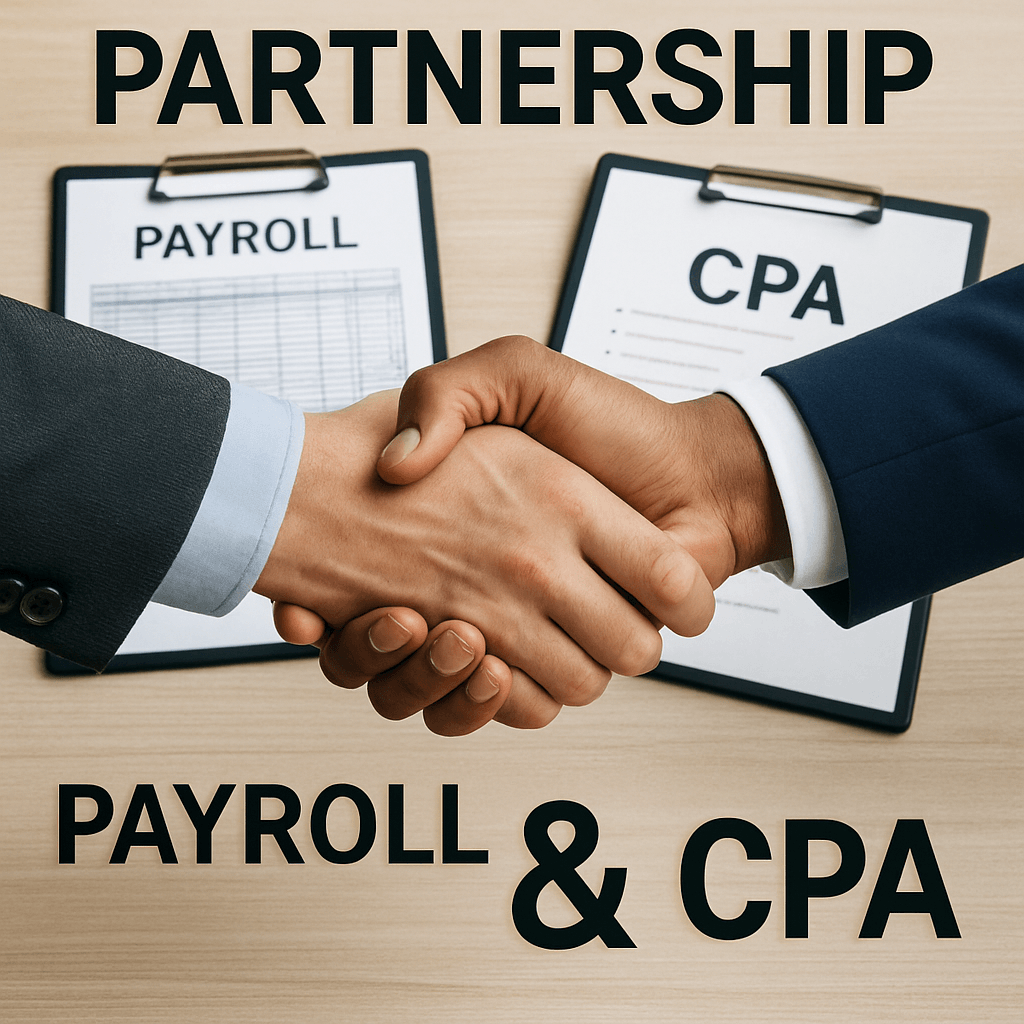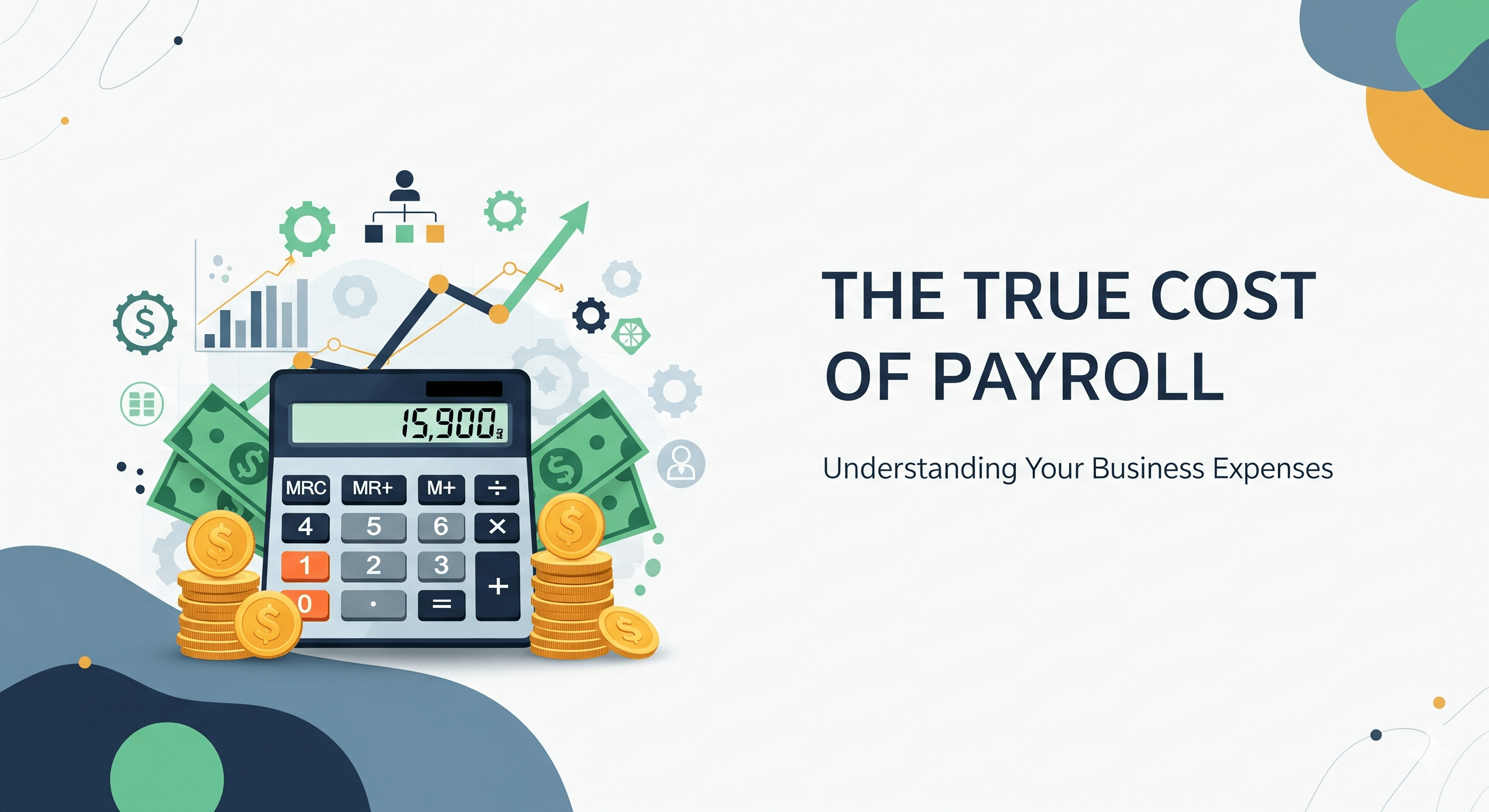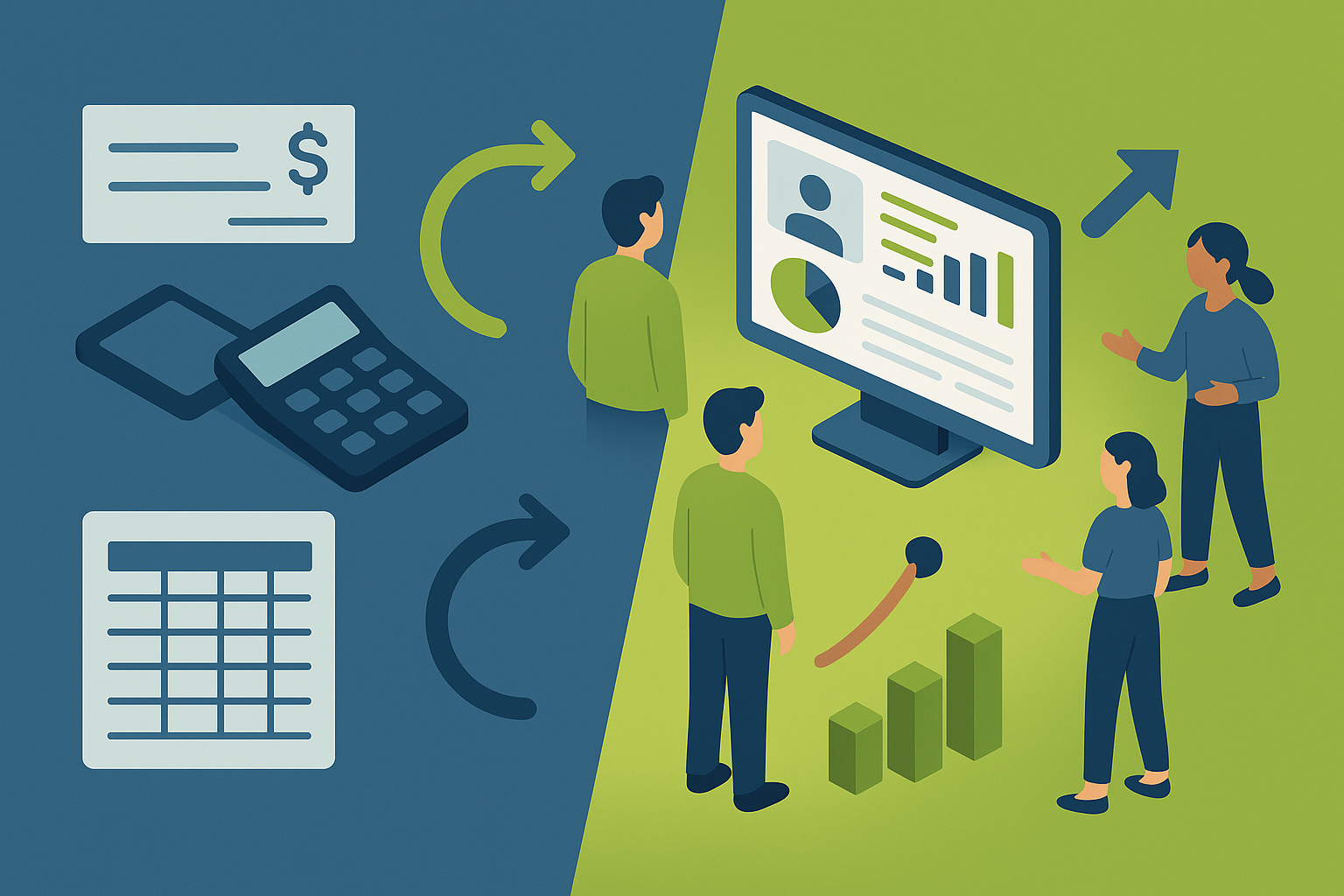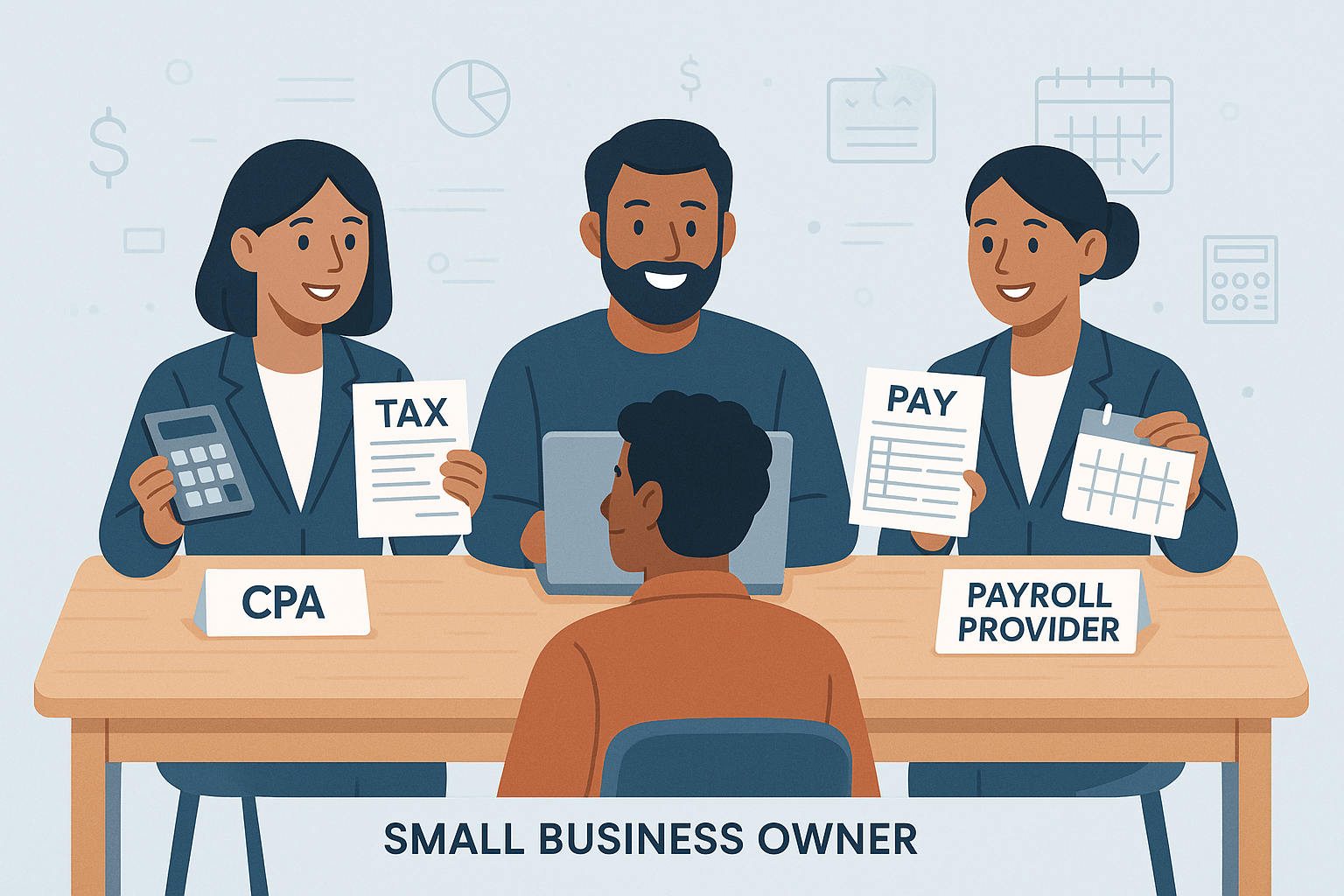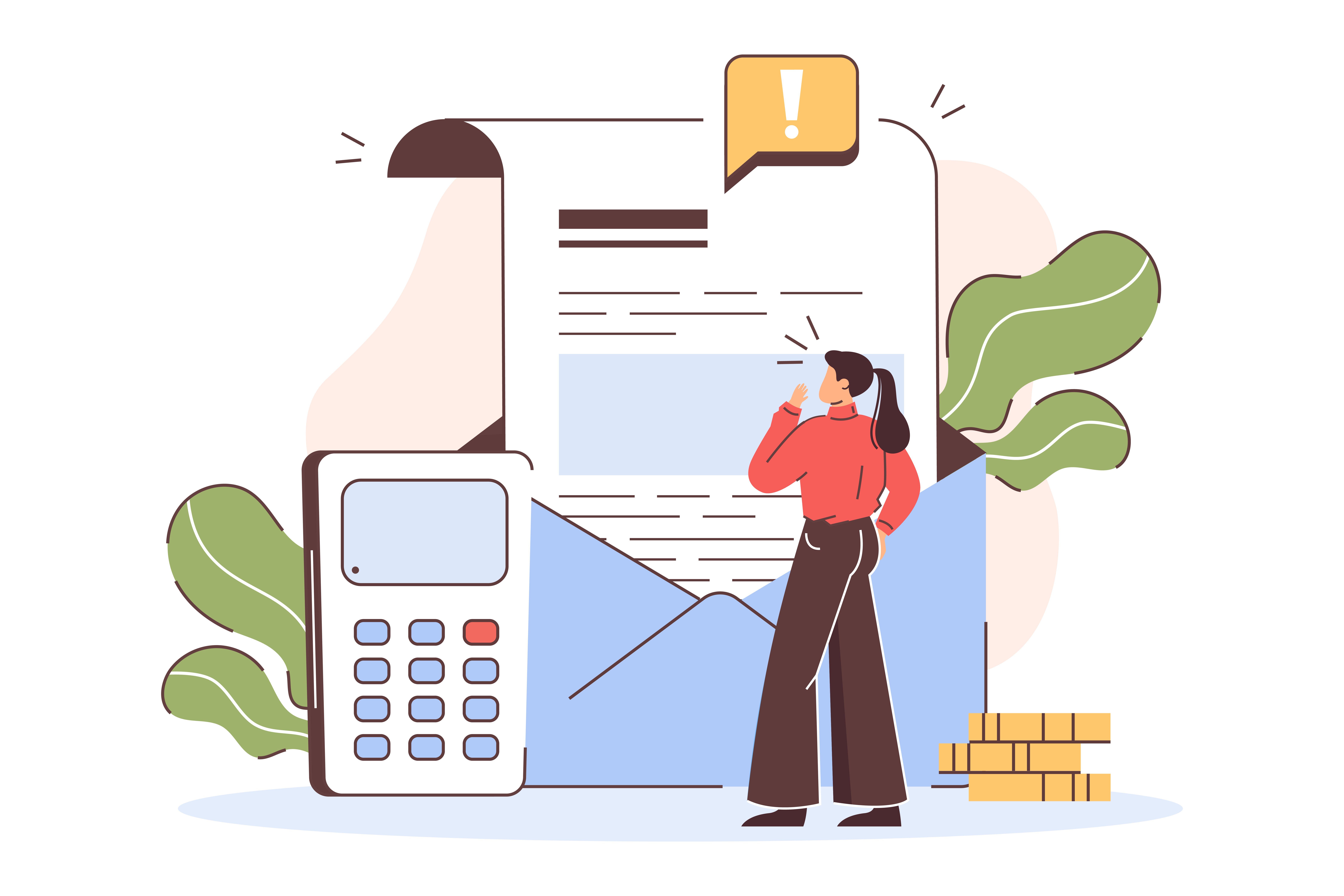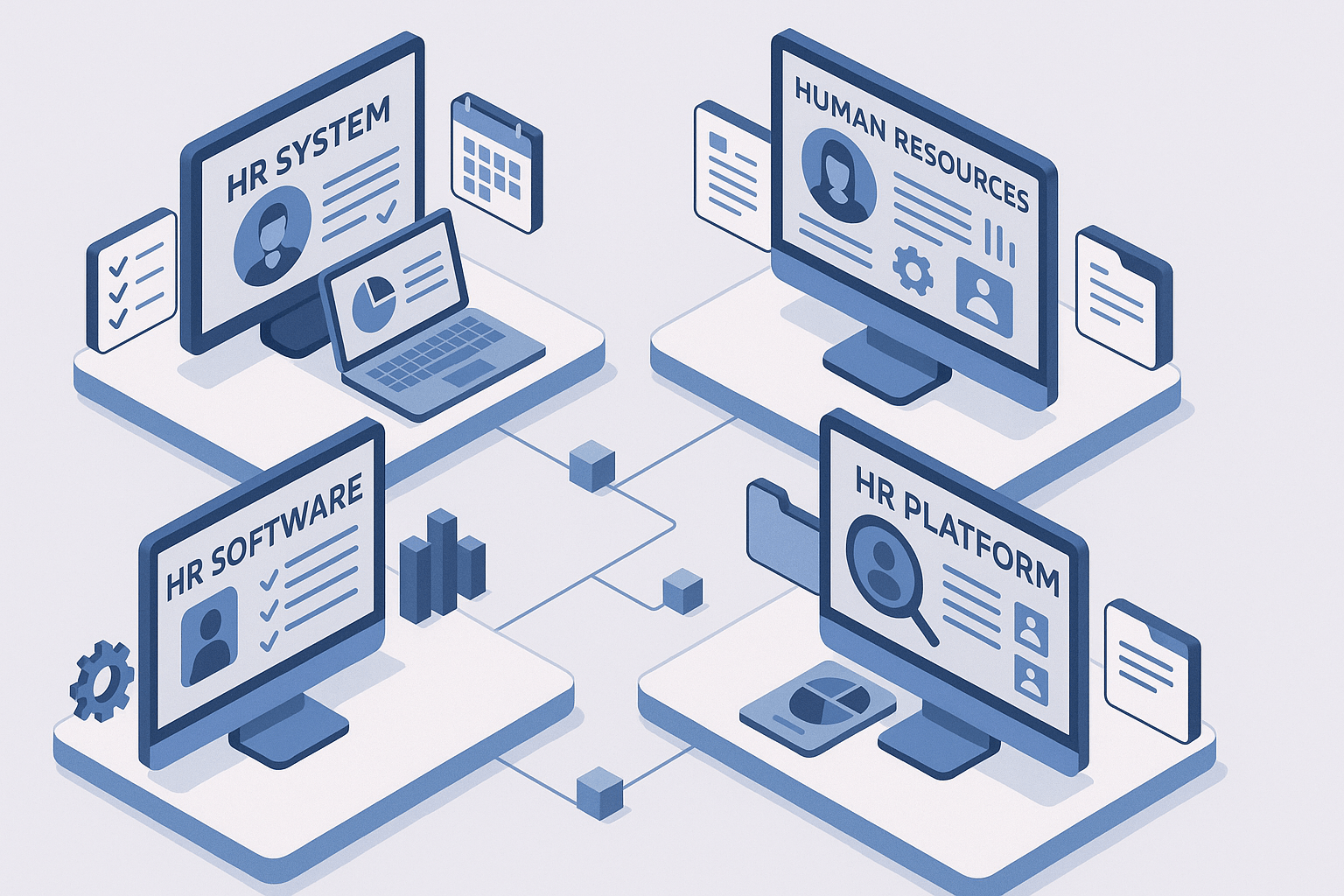What is Paperless Payroll, and Is It a Good Fit For Your Business?
June 25th, 2024
5 min read
By Jason Noble

Table of Contents
- What is Paperless Payroll?
- Benefits of Paperless Payroll
- Challenges of Paperless Payroll Systems
- Is Paperless Payroll a Good Fit for Your Business?
Tired of drowning in a sea of payslips, tax forms, and timesheets every payday? You're not the only one struggling with outdated payroll processes. The good news is that there's a solution: paperless payroll!
If you're curious about making the switch but aren't sure where to start, Lift HCM can help. We've guided countless businesses through this transition, streamlining their payroll and saving them valuable time and resources.
In this article, we'll clarify paperless payroll, exploring its advantages and potential challenges so you can decide if it's the right move for your business. Say goodbye to paper chaos and hello to a more efficient, modern payroll process!
What is Paperless Payroll?
Paperless payroll is a digital approach to managing and processing payroll without the use of physical paper documents. Everything is handled electronically instead of printing payslips, tax forms, and other payroll-related materials. This can include direct deposit of salaries, electronic tax filing, and digital storage of payroll records.
How Does Paperless Payroll Work?
Here’s a step-by-step breakdown of how paperless payroll typically works:
- Digital Timesheets: Employees clock in and out using digital timesheets, which can be accessed via computers, tablets, or smartphones. This data is automatically recorded and stored in the payroll system.
- Automated Calculations: The payroll software calculates wages, deductions, taxes, and other withholdings automatically, reducing the risk of human error and ensuring accuracy.
- Direct Deposit: Instead of issuing paper checks, employee salaries are directly deposited into their bank accounts. This is faster, more secure, and more convenient for employees.
- Electronic Payslips: Employees receive them via email or a secure online portal. They can view, download, and print their payslips if needed.
- Digital Tax Filing: Payroll taxes are filed electronically with the relevant government agencies. This ensures timely and accurate submissions, reducing the risk of penalties.
- Cloud Storage: All payroll records are stored securely in the cloud. This makes it easy to access historical data, generate reports, and stay compliant with record-keeping requirements.
Paperless payroll systems are designed to be user-friendly and efficient. They often integrate with other HR and accounting software to streamline business operations.
Benefits of Paperless Payroll
Switching to a paperless payroll system can bring numerous advantages to your business. Here are some key benefits:
Efficiency and Cost Savings
Time Savings: Manual payroll processing is labor-intensive, from printing and distributing checks to fixing errors. Automating payroll saves time and money by eliminating these tasks. For instance, employees can access pay stubs and tax forms online, reducing the workload for HR.
Cost Reduction: Businesses can save significant operational costs by eliminating the need for paper, ink, printing, and postage.
Bank of America estimates the total cost of issuing a business check, including the check itself, shipping, and employee time spent on preparation and processing, can range from $4 to $20.
Environmental Benefits
Reduced Paper Waste: Moving to a digital system means less paper waste, contributing to a greener, more sustainable business practice.
Lower Carbon Footprint: With fewer resources needed for printing and shipping, your company can reduce its overall environmental impact.
Improved Accuracy and Compliance
Minimized Errors: Automated calculations and data entry reduce the risk of human error, ensuring employees are paid accurately and on time.
Easier Compliance: Paperless payroll systems often include features that help maintain compliance with tax laws and employment regulations. Digital records are more accessible to organize and retrieve during audits or inspections.
Enhanced Security
Secure Data Storage: Digital payroll systems use encryption and other security measures to protect sensitive information. This reduces the risk of data breaches compared to physical storage.
Controlled Access: Payroll data can only be restricted to authorized personnel, enhancing the security of your employees' personal information.
Employee Convenience
Accessibility: Employees can access their payslips and payroll information online anytime, from any device. This convenience can improve employee satisfaction and reduce HR inquiries.
Digital Self-Service: Many paperless payroll systems offer self-service portals where employees can update their personal information, download payslips, and view tax documents, further reducing the administrative burden on your HR team.
Challenges of Paperless Payroll Systems
While paperless payroll offers numerous benefits, it’s essential to be aware of potential challenges and considerations before switching.
Security Concerns
Data Breaches: Although digital systems are generally secure, they can still be vulnerable to cyber-attacks. It is crucial to ensure robust cybersecurity measures, such as encryption and regular security audits.
Privacy Issues: Handling sensitive employee information electronically requires strict adherence to privacy laws and regulations. Depending on your location and industry, ensuring your system complies with data protection standards like GDPR or HIPAA is essential.
Transition Costs and Complexity
Initial Setup Costs: Implementing a paperless payroll system may involve upfront costs, including purchasing software, training staff, and upgrading your IT infrastructure.
Training and Adaptation: Employees and payroll staff may need time and training to adapt to the new system. Providing comprehensive training and support during the transition period is essential for a smooth changeover.
Employee Adaptation
Resistance to Change: Some employees may resist adopting traditional paper-based systems. Clear communication about the benefits and support available can alleviate concerns.
Access Issues: Not all employees can easily access digital devices or the internet. Ensuring all employees can access payroll information is vital for a successful transition.
Legal and Compliance Considerations
Regulatory Requirements: Depending on your industry and location, specific legal requirements for payroll processing and record-keeping may exist. It’s essential to ensure your paperless payroll system meets these regulations.
Record Retention: Digital records must be stored securely and retained for the legally required duration. Ensure your system can handle long-term data storage and retrieval.
Is Paperless Payroll a Good Fit for Your Business?
Determining whether paperless payroll is a good fit for your business involves evaluating various factors. Here are key considerations to help you make an informed decision.
Key Factors to Consider
Business Size
Paperless payroll systems can be particularly beneficial for small to medium-sized businesses looking to streamline their operations. Larger companies may also benefit, but the transition might be more complex.
Current Payroll Process
Evaluate your current payroll process. Transforming to a paperless system could offer substantial improvements if it involves significant manual work, frequent errors, or high costs related to paper and printing.
Begin by thoroughly assessing your existing payroll process. Identify any pain points or areas that are particularly cumbersome. If your current method involves extensive manual data entry, frequent errors, or high expenses associated with paper and printing, these are clear indicators that a change could be beneficial.
Technology Infrastructure
Assess your existing technology infrastructure. Ensure you have reliable internet access and the necessary hardware and software to support a digital payroll system.
Employee Readiness
Consider your workforce's tech savvy. The transition will be smoother if your employees are comfortable with digital tools. If not, be prepared to provide additional training and support.

Are You Ready To Make the Transition to Paperless Payroll?
Transitioning to paperless payroll can be a game-changer for your business, offering improved efficiency, cost savings, enhanced security, and environmental benefits. While there are challenges to consider, such as data security, transition costs, and employee adaptation, these can be managed with careful planning and implementation.
3 Options for Digital/Electronic Payroll
- Direct Deposit: This is the most common method, where employees receive their pay directly into their bank accounts.
- Payroll Cards: These prepaid cards function like debit cards and can be loaded with employees' wages.
- Web-Based Payroll Services: Many providers offer online payroll solutions that handle everything from calculations to tax filings.
By understanding what paperless payroll is, evaluating its benefits and challenges, and considering your business needs, you can decide whether this modern approach to payroll processing is right for you. At Lift HCM, we have the expertise and solutions to help you make this transition smooth and successful.
Want to learn more? Read our article on Payroll Cards next!
Jason Noble is a seasoned expert in payroll and human capital management. With a wealth of experience in streamlining payroll processes and optimizing workforce management, Jason has successfully held key roles at leading organizations. His deep understanding of industry best practices ensures that his insights are both practical and authoritative.
Topics:


.png?width=1536&height=1024&name=Create%20a%20background%20that%20reads%2c%20How%20Long%20to%20Keep%20P%20(1).png)



